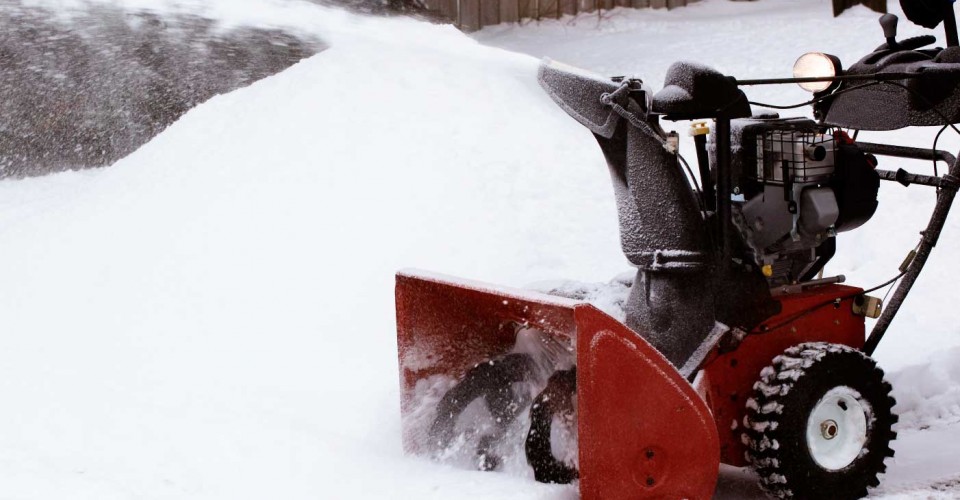Removing snow and ice from driveways, walkways and stairs is very important during the winter months. Heavy snow can cause damage to roofs and gutters, and ice can create a dangerous hazard on your property. If your area is prone to freezing temperatures, keep these tips in mind.

Facts about snow and ice
- One study saw that during an ice storm, 72% of emergency room patients had injuries due to falls. Those falls resulted in fractures 39% of the time. (Source: US National Library of Medicine)
- From 1990 to 2006, 195,000 people were treated in the ER for snow shoveling injuries. (Source: WebMD)
- Snow shoveling injuries affects men more than women. (Source: WebMD)
- When shoveling snow, adults over the age of 55 were 4.25 times more likely than younger people to suffer from heart-related symptoms. (Source: WebMD)
Tips for properly removing snow and ice
- To prevent snow-shoveling injuries, warm up your muscles beforehand, take your time to prevent over exhaustion, keep hydrated and use the right equipment.
- Shovel snow as soon as possible to prevent it from icing over or drifting.
- When shoveling snow, do not dump the snow onto the sidewalk, street or over a drain.
- Use calcium chloride, not salt, to melt ice. It works better and faster than salt in lower temperatures and won’t cause as much damage to your property. Remove slush to prevent refreezing.
- Use a spreader when applying a de-icing product for even distribution. If snow or ice is predicted, apply a layer beforehand to prevent sticking.
- Do not use hot water to remove ice. This can quickly refreeze and turn to black ice.
- Keep a snow shovel and traction (like sand, kitty litter or sawdust) in your car to help unstick tires.
- Always offer to help to remove snow or ice from your neighbor’s walkway. They may not be able to do this themselves.





